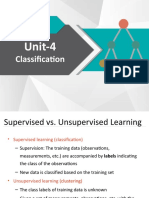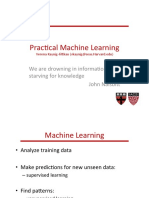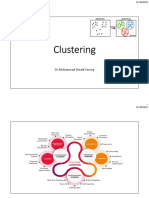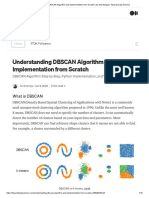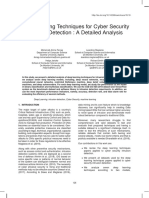0% found this document useful (0 votes)
20 views30 pagesSupervised Learning
The document provides an overview of supervised learning, focusing on classification tasks in machine learning. It outlines key elements of a learning task, types of classification problems, and various classification algorithms such as k-NN, Naïve Bayes, SVM, Decision Trees, and Random Forests. Additionally, it discusses evaluation metrics for classification performance and applications and limitations of classification models.
Uploaded by
mwascoderCopyright
© © All Rights Reserved
We take content rights seriously. If you suspect this is your content, claim it here.
Available Formats
Download as PDF, TXT or read online on Scribd
0% found this document useful (0 votes)
20 views30 pagesSupervised Learning
The document provides an overview of supervised learning, focusing on classification tasks in machine learning. It outlines key elements of a learning task, types of classification problems, and various classification algorithms such as k-NN, Naïve Bayes, SVM, Decision Trees, and Random Forests. Additionally, it discusses evaluation metrics for classification performance and applications and limitations of classification models.
Uploaded by
mwascoderCopyright
© © All Rights Reserved
We take content rights seriously. If you suspect this is your content, claim it here.
Available Formats
Download as PDF, TXT or read online on Scribd
/ 30












































